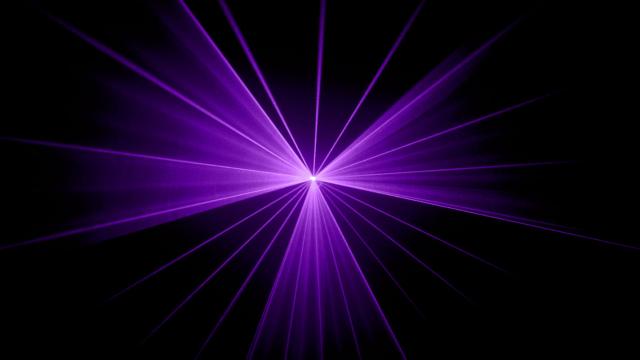Researchers at the University of Michigan have just stumbled upon the most important development in laser research since the invention of the semiconductor diode in the 1950s. It promises to create a new class of lasers that use 250 times less energy than today’s, and that’s not even the craziest part.
Semiconductor diodes convert electricity into coherent light by charging a material known as a gain medium. As energy is transferred from the system into the medium, the electrons within it absorb the energy and move to a higher charge state. Once enough of the electrons are charged, any additional current into the medium instead causes them to jump back down to their original charge state, releasing its extra energy as coherent light. The problem is that this process requires a large amount of energy to first excite then trigger these gain medium electrons.
However, the University of Michigan’s laser doesn’t rely on conventional gain mediums. Instead, it leverages a unique charge particle, known as a polariton, that exhibits the behaviours of both matter and light. As the UMich press release explains:
A polariton is a combination of a photon or light particle and an exciton — an electron-hole pair. The electron is negatively charged and the hole is technically the absence of an electron, but it behaves as if it were positively charged. Excitons will only fuse with light particles under just the right conditions. Too much light or electrical current will cause the excitons to break down too early. But with just enough, polaritons will form and then bounce around the system until they come to rest at their lowest energy level in what Bhattacharya describes as a coherent pool. There, the polaritons decay and in the process, release a beam of single-coloured light.
In this case, the beam is an ultraviolet one formed by a gallium nitride semiconductor that requires roughly a millionth of a watt to operate. The team has much more work to do to get this new technology out of the lab but they expect that these lasers could one day replace the wire connectors in the circuits leading to ever smaller, lighter and longer lasting consumer and medical devices. [University of Michigan]
Picture: Pixomar
